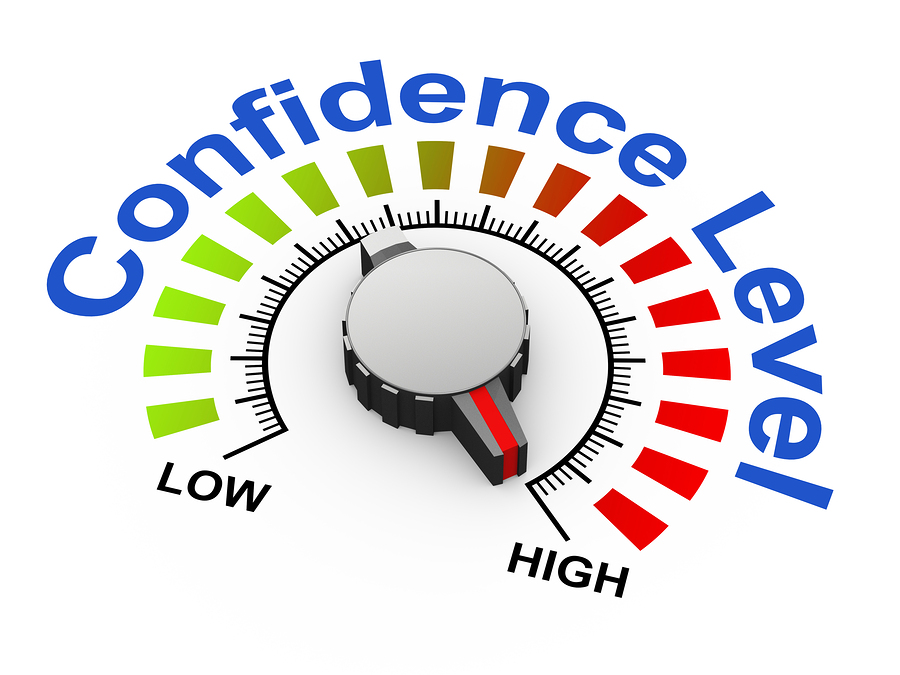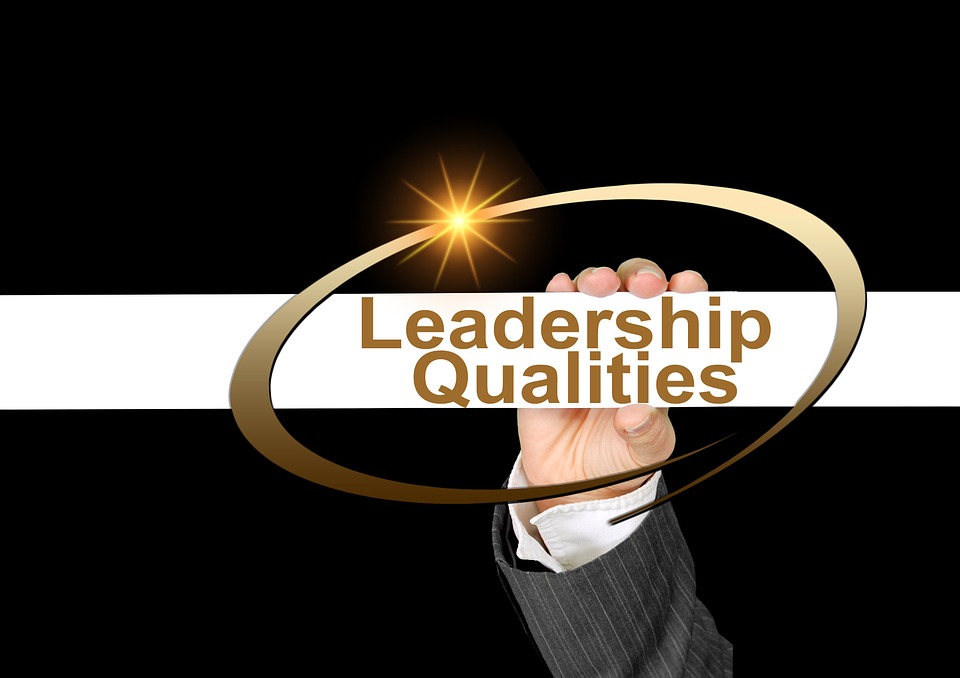Managing the many aspects of the HR function can be challenging at the best of times. But when you are also trying to run the business, it can be especially frustrating. It can seem impossible to keep up with new employment laws and dealing with hiring and terminating employees.
Such was the case with a client of mine, who ran her own food services company. Like most entrepreneurs, she was highly skilled at her core business, but was learning about the HR function “on the job.” Her company was growing at a rapid pace and she wanted to be sure that her people processes were efficient and compliant with federal, state and local employment laws.
She called Connect to HR.
Over the course of several months I took a step-by-step approach to walk her through the various aspects of HR and what is most important in each area. I broke it down into simple, easy-to-understand steps: here is the issue, here are some scenarios, here are the rules.
We used actual situations within her business to help build her confidence and knowledge in how to handle them going forward. Because she was not in a position to hire a fulltime HR person yet, I felt it was important for her to have a backup with HR knowledge to help her. I worked with her Operations Manager to ensure that he also understood the local, state and federal ordinances related to employees and provided them both with links to credible resources.
As the result of our work together, the business owner and Operations Manager both have increased confidence in their ability to handle the various people-related issues that arise as well as general HR requirements and reporting. Also, they have saved time and headaches by having policies documented and processes to follow.
If you are a business owner and need some advice about HR processes or compliance, or have a particular HR issue you’d like to discuss, you may want to consider my Just in Time 3-Hour HR Advisory Service.
Contact me today to schedule a free 30-minute consultation to see how Just in Time 3-Hour HR Advisory Service can help you.
https://calendly.com/michellemendoza-connecttohr/30-minute-consultation








 I’ve got some exciting news about what’s ahead for Connect to HR – and about some changes you’ll see in the coming months.
I’ve got some exciting news about what’s ahead for Connect to HR – and about some changes you’ll see in the coming months. For an organization to succeed, it needs quality products or services, engaged employees, and effective leaders – at every level.
For an organization to succeed, it needs quality products or services, engaged employees, and effective leaders – at every level. It’s January, and if you haven’t already done so, this is the perfect time to think about what you want to accomplish this year. What are your big themes – both for your business, and for your personal development? This is different than making resolutions (which studies say typically dissolve by the end of February) this is about setting goals and making a plan on how to achieve them. All too often we get so busy working “in” the business that we don’t take time to work “on” the business (or ourselves, for that matter) so that we can achieve our full potential both professionally and personally.
It’s January, and if you haven’t already done so, this is the perfect time to think about what you want to accomplish this year. What are your big themes – both for your business, and for your personal development? This is different than making resolutions (which studies say typically dissolve by the end of February) this is about setting goals and making a plan on how to achieve them. All too often we get so busy working “in” the business that we don’t take time to work “on” the business (or ourselves, for that matter) so that we can achieve our full potential both professionally and personally.


